
Edu Innovator - Multiple Intelligence - Diverse Learning Tool
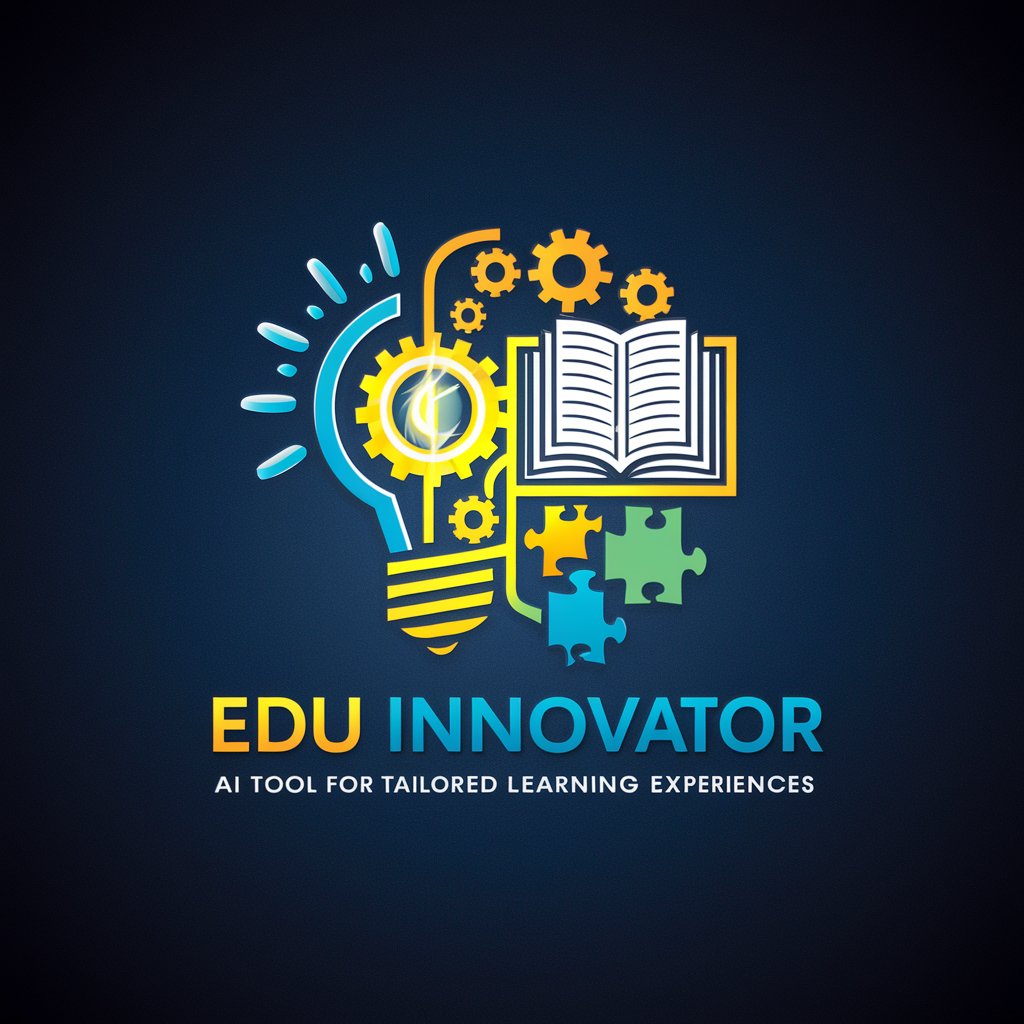
Welcome to Edu Innovator - Multiple Intelligence!
Unleash AI-powered educational diversity
Design a lesson plan that incorporates multiple intelligences for a mixed-grade classroom focusing on...
Create an engaging classroom activity that uses Gardner's theory of multiple intelligences to teach...
Develop a project-based learning activity that leverages multiple intelligences to enhance students' understanding of...
Propose a differentiated instructional strategy that aligns with multiple intelligences for teaching the concept of...
Get Embed Code
Introduction to Edu Innovator - Multiple Intelligence
Edu Innovator - Multiple Intelligence is designed to assist educators in creating differentiated learning activities based on Howard Gardner's theory of Multiple Intelligences. It focuses on crafting educational experiences that cater to the diverse intellectual capacities identified by Gardner, such as linguistic, logical-mathematical, spatial, musical, bodily-kinesthetic, naturalistic, interpersonal, and intrapersonal intelligences. By leveraging these insights, Edu Innovator enables teachers to design lessons that engage students across various intellectual domains, ensuring that all students have the opportunity to excel in their strongest areas. For instance, an educator might use this tool to develop a science lesson that incorporates musical intelligence by setting concepts to song, enhancing retention for students who excel in musical understanding. Powered by ChatGPT-4o。

Main Functions of Edu Innovator - Multiple Intelligence
Differentiated Learning Activity Design
Example
Creating math lessons that integrate spatial intelligence by using geometry-based puzzles.
Scenario
In a mixed-grade classroom, a teacher uses spatial puzzles to teach geometry, helping students with strong spatial intelligence grasp complex concepts through visual and spatial manipulation.
Inclusive Educational Strategies
Example
Developing group projects that require different intelligences, such as interpersonal and logical-mathematical skills.
Scenario
During a history lesson, students are grouped to work on a project where they must research, debate, and present different perspectives of a historical event, utilizing interpersonal skills for collaboration and logical-mathematical intelligence for organizing their findings.
Adaptation to Diverse Learning Needs
Example
Using naturalistic intelligence to teach scientific concepts through outdoor activities.
Scenario
A teacher plans a biology lesson that takes place in a school garden, allowing students to learn about plant biology through direct interaction with plants and their natural environment, catering especially to those with high naturalistic intelligence.
Ideal Users of Edu Innovator - Multiple Intelligence
Educators
Teachers and school administrators who aim to implement differentiated instruction tailored to the diverse needs of their students, especially useful in classrooms where students exhibit a wide range of abilities and interests.
Curriculum Developers
Educational professionals involved in designing curriculum materials that cater to multiple intelligences, ensuring that educational content is accessible and engaging for all students regardless of their dominant intellectual strengths.
Special Education Professionals
Special educators who need to adapt teaching methods and materials to meet the varied cognitive and learning needs of students with special educational needs, using principles of multiple intelligences to foster learning and engagement.

Guide to Using Edu Innovator - Multiple Intelligence
1
Visit yeschat.ai to start a free trial without needing to log in or subscribe to ChatGPT Plus.
2
Determine your educational context and goals. Assess the grade levels, subject areas, and specific needs or challenges your students face.
3
Explore the MI functionalities to create lesson plans that cater to the varied intelligences—linguistic, logical, spatial, and more—of your students.
4
Engage with the interactive Q&A feature, inputting direct queries about implementing MI theory in your classroom to receive customized advice and strategies.
5
Review and adapt the suggested activities and resources regularly to ensure they align with ongoing educational objectives and student feedback.
Try other advanced and practical GPTs
Omesh's Secret Helper
Strategize to Win with AI-Powered Debate Analysis
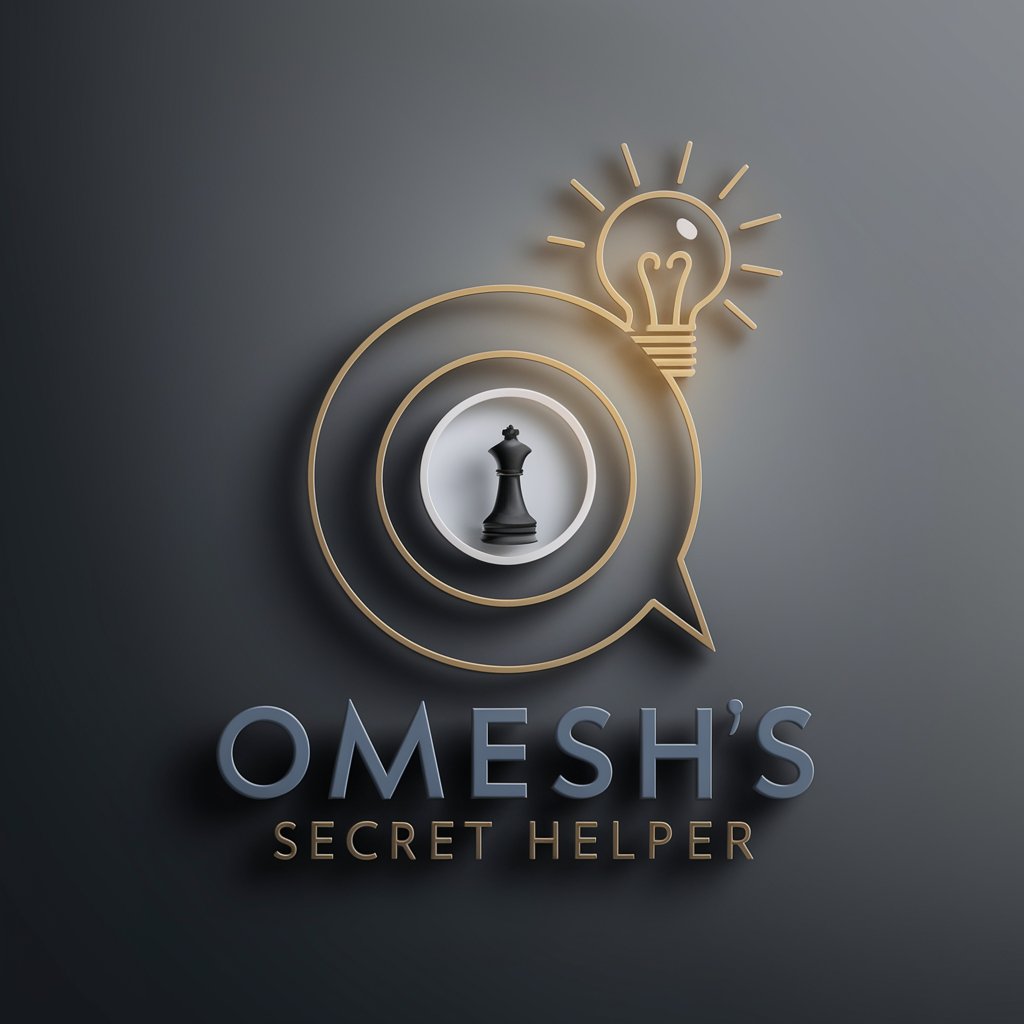
Beat Secret
Unleash Your Musical Creativity with AI

Secret Somm
Discover wines you'll love, powered by AI

The Secret
Harness the power of attraction

Secret Alibis
Crafting Believable Alibis with AI
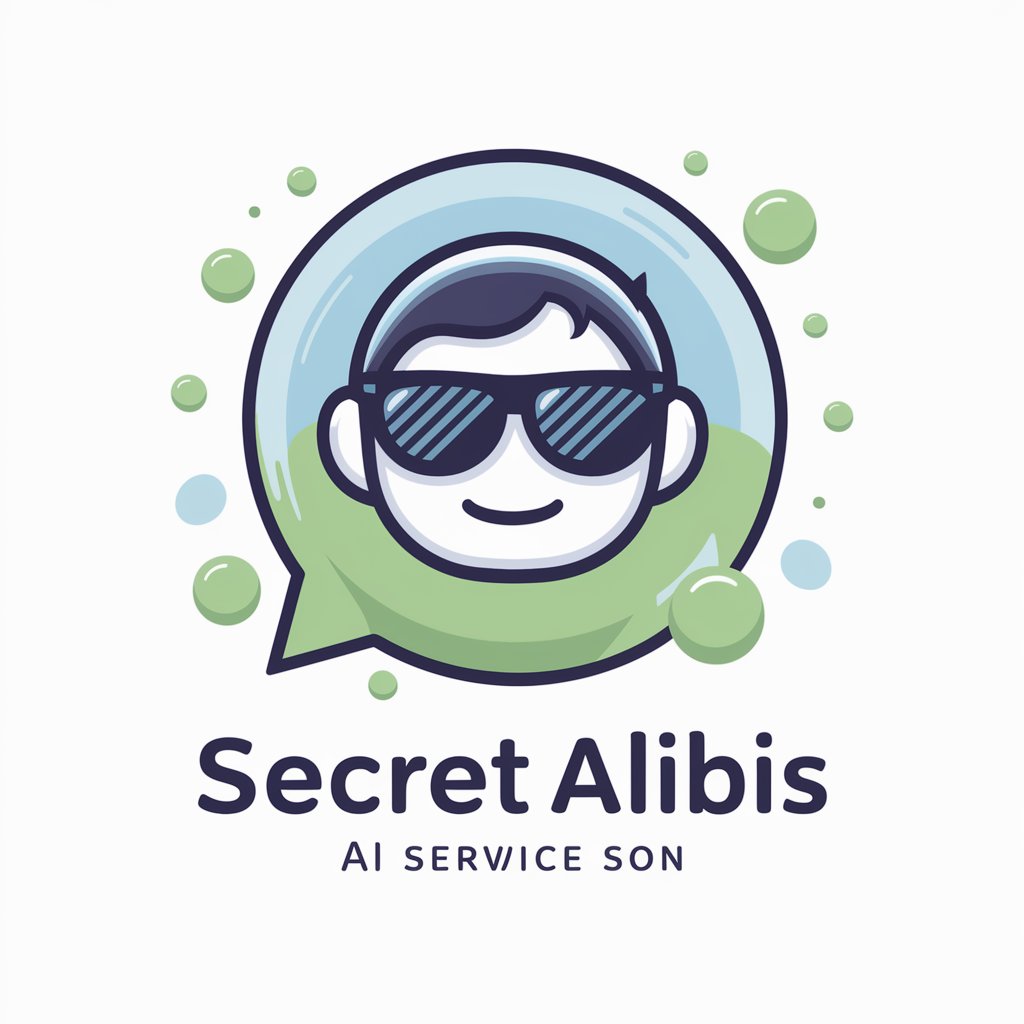
Secret Agent
Uncover the secrets of espionage with AI.

Creator de Versiuni Multiple
Empower Your Sermons with AI

Final Multiple-Choice Question
Crafting your research questions, simplified.

Multiple-Choice-Question Builder
Crafting smart choices with AI.
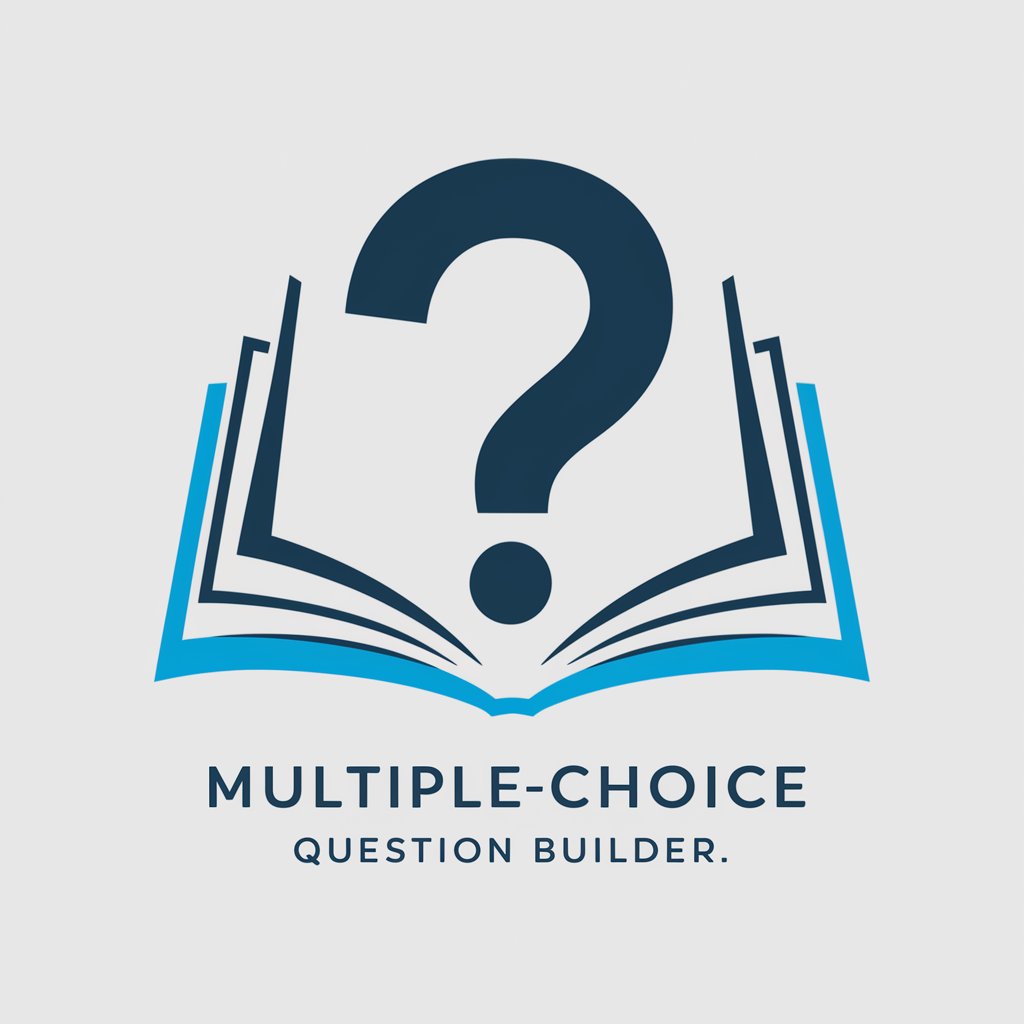
Multiple Choice Question Generator
Crafting Custom Questions with AI Ease
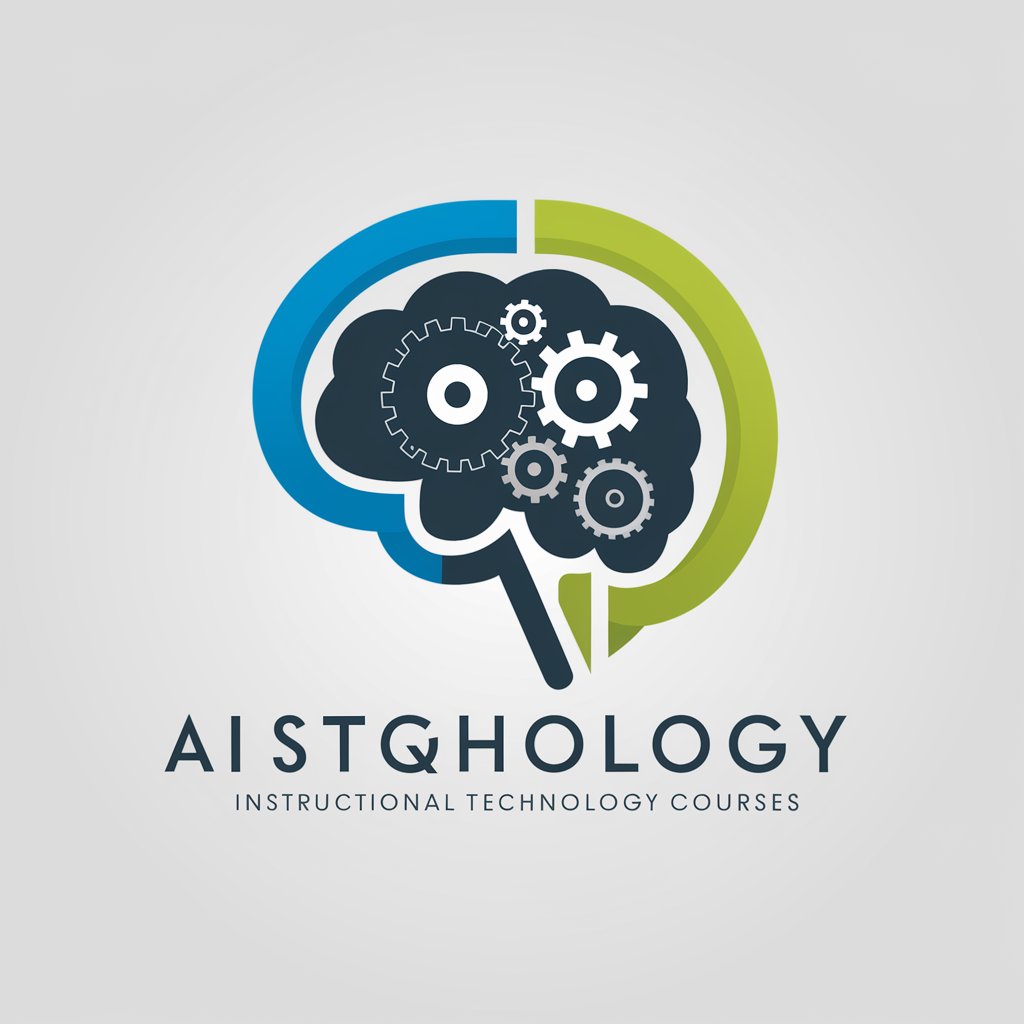
Multiple Realities Depictor
Craft Stark Realities in Art

✅ Multiple Choice Tales
Craft Your Story with AI
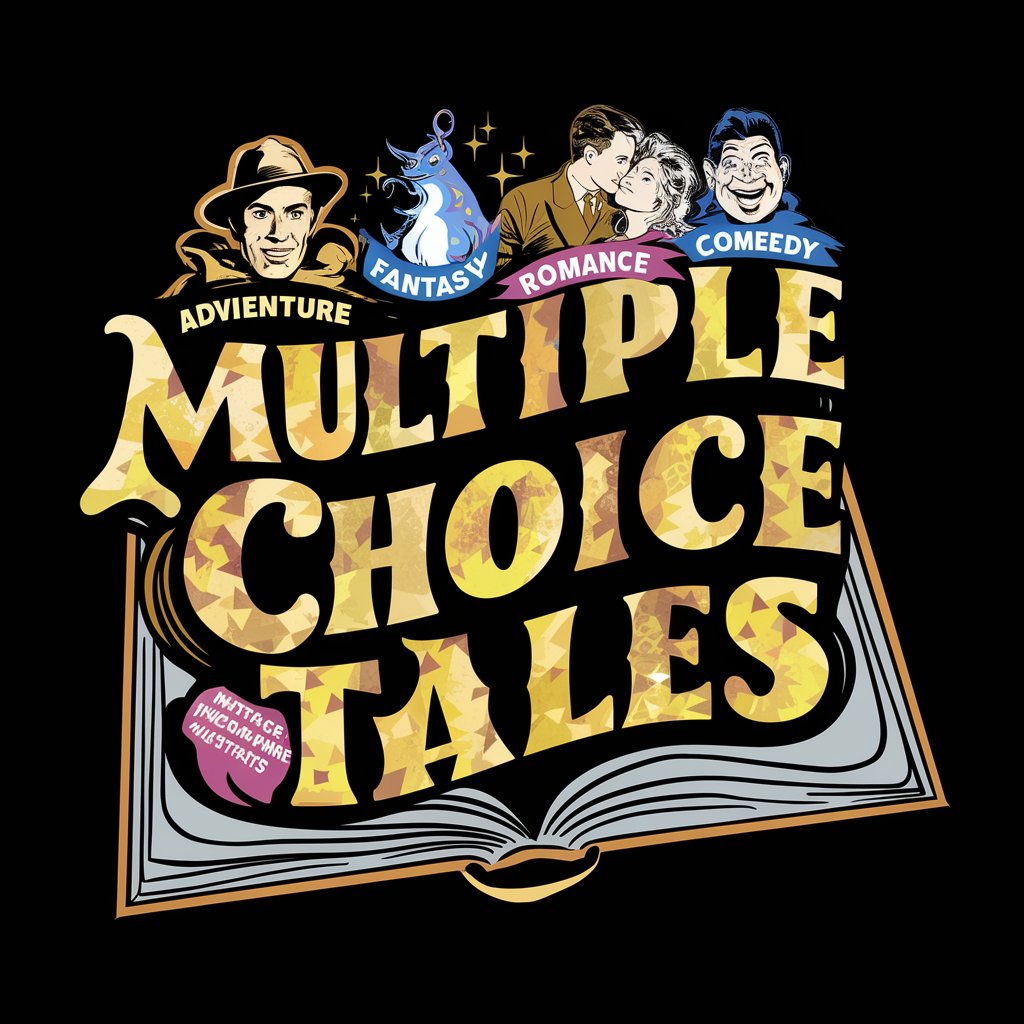
Edu Innovator - Multiple Intelligence FAQs
What is the Edu Innovator - Multiple Intelligence?
It's a tool designed to help educators develop lesson plans and educational activities tailored to Gardner's theory of multiple intelligences, enabling more personalized and effective learning experiences.
How can this tool help with differentiated instruction?
The tool offers specific strategies and activities that target different intelligences, such as linguistic, logical-mathematical, and spatial, allowing teachers to cater to the diverse learning needs within their classrooms.
Can Edu Innovator - Multiple Intelligence be used for all grade levels?
Yes, the tool is versatile enough to be adapted for any educational level, from elementary to high school, providing age-appropriate resources and activities for each grade.
What are some common use cases for this tool in a classroom setting?
Common uses include planning differentiated learning activities, enhancing lesson plans with MI-aligned strategies, and assessing student learning through multiple intelligence perspectives.
How does the tool integrate with existing curricula?
Edu Innovator - Multiple Intelligence can complement existing curricula by offering additional resources and approaches that emphasize diverse intelligences, enriching the educational experience without requiring a curriculum overhaul.